
by Susan Brady | May 27, 2022 | Nutrition

Summer is upon us and I am a big proponent of getting outside and enjoying the summer sunshine. Spending time in the sun can help to boost our mood, encourage activity, help set our circadian rhythm, and support vitamin D production. All things we need to keep our bodies and bones strong and healthy. But we all know how important it is to protect our skin from sunburn. Excessive sun and sunburns can damage our skin, or worse, lead to skin cancer.
If you are going to spend extended time in the sun, you know the golden rules to follow: wear a hat and sunglasses, cover up when your skin starts to get pink and use non-toxic sunscreen. However, did you know that there are also certain foods you can eat that will provide natural skin protection?
Studies have shown certain compounds in foods and beverages can help the skin fight off UV damage from the sun as well as help speed up the recovery process from sunburns. These compounds include carotenoids and polyphenols along with vitamins C and E. These nutrients are all powerful antioxidants that fight off the skin-damaging free radicals that are produced by the sun’s UV rays. It is no coincidence that many of our favorite summer vegetables and fruits are also foods that contain these skin-protecting nutrients.
Skin Protecting Summer Foods
- Tomatoes are very high in the carotenoid lycopene which may help to protect our skin from UV damage caused by excessive sun and sunburns. They are also a rich source of vitamin C. Cooking tomatoes appears to increase the bioavailability of the lycopene as does combining tomatoes with olive oil.
- Watermelon, another summer favorite, is also a great source of lycopene. The abundance of water in the melon helps to keep us hydrated when spending time outdoors as well.
- Summer berries, particularly blueberries, are an excellent source of carotenoids and vitamin C that can help protect the skin from damaging rays and even act as a sunscreen.
- Summer vegetables such as dark green leafy greens, carrots, and red bell peppers are an excellent source of beta-carotene, another great antioxidant to protect the skin. Beta-carotene also converts to vitamin A in the body which is vital to skin health.
- Green tea contains a polyphenol called epigallocatechin gallate (EGCG) which has been found to offer natural sun protection and may even protect against skin cancer.
You can see how nature provides us with foods we need to protect our skin from the hot sunny days of summer!
There are lots of ways you can incorporate these foods into your summer diet, from salads to smoothies. One of my favorite summer salads is my Kale Salad. It combines so many of these wonderful skin-protecting foods such as kale, tomatoes, and red peppers. Serve it with some omega-3-rich salmon (also beneficial for our skin) and you have got a wonderful skin-nurturing meal!
However, eating these foods doesn’t mean ditching the sunscreen, the hats, or the coverups. But they can certainly give a boost to your summer skin protection plan and keep your skin healthy and glowing from the inside out.
I mentioned non-toxic sunscreens. Please check out the Environmental Working Groups Guide on Sunscreens to find safe, non-toxic sunscreens.
References:
- https://www.ncbi.nlm.nih.gov/pmc/articles/PMC5506060/
- https://pubmed.ncbi.nlm.nih.gov/30565377/
- https://pubmed.ncbi.nlm.nih.gov/23053552/

by Susan Brady | Mar 10, 2022 | Nutrition

You are probably familiar with the phrase “you are what you eat.” This is pretty accurate, but what is even more accurate is “you are what you eat, digest, absorb and metabolize.” But how do you know if the nutrients from the food you eat are getting into your cells? Your muscle cells, bone cells, brain cells, where nutrients are needed to produce energy and perform cellular metabolism. Even people that eat a well-balanced diet and live a healthy lifestyle can still have nutrient deficiencies.
Here’s why:
- We are all biochemically different. Each of us is metabolically and biochemically unique, so the nutrients required for one person’s body to function optimally are very different than those required for another.
- Poor absorption can lead to deficiencies. If you are not fully digesting or have an unhealthy gut, you are going to struggle with absorbing the essential nutrients your body needs.
- Chronic illnesses can impact nutrient absorption. Health conditions like arthritis, cancer, cardiovascular disease, diabetes, just to name a few, can directly or indirectly cause nutrient deficiencies. Additionally, in order to help control these conditions, you may also require more of a particular nutrient.
- Medications can create nutrient deficiencies. Long-term use of certain medications can deplete your body of critical nutrients through multiple mechanisms, including increased excretion of vitamins and minerals.
- Aging can impact your nutrient needs. Your nutrient requirements back when you were 30 are very different than your nutrient requirements as you age. As you age you don’t absorb your nutrients as well. Also, hormonal changes, like a decline in estrogen or testosterone, can increase the excretion of certain nutrients through the kidneys. For example, as you age you’re not only less able to absorb nutrients such as calcium, but then hormonal changes may result in calcium also being excreted through the kidneys.
- Your lifestyle also affects nutrient levels. If you are exercising hard every day to maintain muscle and bone mass, chances are you are going to need more nutrients. Stress also depletes the body’s nutrient stores. When you are stressed, you rapidly use up nutrients as part of the body’s stress response. If you smoke or drink alcohol you are more likely to have nutrient deficiencies as well.
As you can see there are so many things that can affect your nutrient status making it hard to know which nutrients you are getting enough of, which nutrients you may be lacking, and which nutrients your unique body may need more of.
Luckily there are some targeted tests that can help determine nutrient levels in your cells. The test I most frequently use is the SpectraCell Micronutrient test (MNT).
The SpectraCell MNT measures 31 different vitamins, minerals, antioxidants. It also gives you a good idea how well you are metabolizing carbohydrates, how well your immune system is functioning, how well your cells can withstand oxidative stress. So it is a very comprehensive test and provides great insight into the nutrients your unique body needs.
If you are dealing with a chronic health condition, like osteoporosis, or striving for optimal health, instead of just swallowing down a lot of different supplements that you think you need this is a great test to find out exactly what your body really needs.
Because March is National Nutrition Month, I am offering you the ability to get the SpectraCell Micronutrient Test at my cost. So, my cost is your cost.
If you are interested in learning more about the test …please reach out to me at susan@nurturedbones.com

by Susan Brady | Feb 24, 2022 | Healthy aging
 Osteoporosis and cardiovascular disease share many common risk factors such as diabetes, smoking, alcohol abuse, sedentary lifestyle, and in postmenopausal women, a decline in estrogen. However, over the last several years, emerging research has shown a growing link between the two conditions. In fact, a recent observational study reported in the Journal Heart found that a formal diagnosis of osteoporosis was independently associated with a 79% higher risk of cardiovascular disease. Last year in my blog articles titled The Curious Connection Between Osteoporosis and Heart Disease and Curious Connection, part 2 I highlighted two common links between osteoporosis and heart disease, high blood pressure, and atherosclerosis caused by calcium deposits building up in the arteries. Now another strong link has emerged. Dyslipidemia.
Osteoporosis and cardiovascular disease share many common risk factors such as diabetes, smoking, alcohol abuse, sedentary lifestyle, and in postmenopausal women, a decline in estrogen. However, over the last several years, emerging research has shown a growing link between the two conditions. In fact, a recent observational study reported in the Journal Heart found that a formal diagnosis of osteoporosis was independently associated with a 79% higher risk of cardiovascular disease. Last year in my blog articles titled The Curious Connection Between Osteoporosis and Heart Disease and Curious Connection, part 2 I highlighted two common links between osteoporosis and heart disease, high blood pressure, and atherosclerosis caused by calcium deposits building up in the arteries. Now another strong link has emerged. Dyslipidemia.
Dyslipidemia refers to having unhealthy levels of one or more kinds of lipids (fats) in your blood, such as low-density lipoprotein (LDL), high-density lipoprotein (HDL), and triglycerides. Most of us have heard that LDLs are the so-called “bad” cholesterol and that HDLs are the so-called “good” cholesterol. It is well known that dyslipidemia resulting in high LDLs and triglycerides in combination with low HDLs can cause atherosclerosis and heart disease. It is now becoming evident that dyslipidemia can also lead to low bone mass and increased fracture risk.
Here’s how:
Bone is highly vascularized tissue that depends on a constant supply of blood for regeneration and remodeling. In fact, a typical long bong is nourished through 3 separate vascular systems to meet the metabolic needs of the bone. As in atherosclerosis of the heart, fats and cholesterol can accumulate in the blood vessels of the bone. When these fats become oxidized, especially the LDL cholesterol, it causes inflammation and damage, leading to arterial calcifications and plaques. In the heart, this can lead to blockages and heart attacks. In the bone, this can suppress osteoblast formation (cells that make new bone) and an increase in the production of osteoclasts (cells that break down bone) leading to bone loss. Having high lipid levels can also increase blood viscosity compromising blood flow to the bone.
Just like having higher levels of HDL cholesterol is associated with a lower risk of heart disease, it is also recently been reported to be associated with higher bone mineral density. HDL cholesterol is considered to be the ‘good” cholesterol because it helps to transport excess cholesterol from the body to the liver where it is then flushed from the system. HDL cholesterol also helps to modulate inflammation. Inflammation has a negative effect on bone and can disrupt bone metabolism leading to bone loss. In a recent study published in the journal Lipids in Health and Disease, the researchers report a positive association between HDL cholesterol and lumbar spine bone mineral density in people aged 20-59. Meaning the higher the HDL cholesterol, the higher the bone mineral density in the lumbar spine.
Below is a table that summarizes the effects that dyslipidemia can have on bone metabolism.

7 ways to protect your bones and your heart
- Emphasize Exercise- Aerobic exercise, as well as strength training, can boost HDL cholesterol levels. Exercise has also been shown to enhance the antioxidant and anti-inflammatory effects of HDL cholesterol.
- Opt-In for Olive oil. Research has also shown that one of olive oil’s heart-healthy effects is an increase in HDL cholesterol. This may be because it is a rich source of antioxidants called polyphenols.
- Don’t forget Fatty Fish. The omega 3 fats in fatty fish may help raise HDL cholesterol and decrease triglycerides. Taking fish oils supplements can do the same.
- Pile Up on Purple Foods. Anthocyanin, the plant flavonoid found in purple foods, has antioxidant effects which can increase HDL cholesterol, decrease LDL cholesterol and help fight inflammation. Examples of foods rich in anthocyanins include eggplant, red cabbage, blueberries, blackberries, cranberries, and cherries.
- Splurge on Soluble Fibers. Soluble fibers bind to cholesterol in the intestine and remove it from the body. Legumes, vegetables, oatmeal, quinoa are good examples of foods with soluble fibers.
- Go for the Garlic. Garlic has been shown to decrease total cholesterol levels and increase HDL cholesterol.
- Add Anti-inflammatory Herbs. Anti-inflammatory herbs like ginger, turmeric, thyme, and cloves all have powerful anti-inflammatory effects that can help to prevent the oxidation of LDL cholesterol in the body.
As women go through menopause the decline in estrogen plays a strong role in developing heart disease and osteoporosis. But with a nutritious diet and healthy lifestyle, you can offset the effects. What the link between these 2 conditions truly shows is that any steps you take to support your heart health will also support bones and vice versa.
Please reach out if you need more guidance on building strong bones, a strong heart, or a strong body! 703-738-4230 susan@nurturedbones.com
References:
1. Anagnostis, Panagiotis, Matilda Florentin, Sarantis Livadas, Irene Lambrinoudaki, and Dimitrios G. Goulis. “Bone Health in Patients with Dyslipidemias: An Underestimated Aspect.”
International Journal of Molecular Sciences 23, no. 3 (January 31, 2022): 1639.
https://doi.org/10.3390/ijms23031639.
2.Tang, Yuchen, Shenghong Wang, Qiong Yi, Yayi Xia, and Bin Geng. “High-Density Lipoprotein Cholesterol Is Negatively Correlated with Bone Mineral Density and Has Potential Predictive Value for Bone Loss.”
Lipids in Health and Disease 20, no. 1 (July 25, 2021): 75.
https://doi.org/10.1186/s12944-021-01497-7.
4. Xie, Ruijie, Xiongjie Huang, Qianlong Liu, and Mingjiang Liu. “Positive Association between High-Density Lipoprotein Cholesterol and Bone Mineral Density in U.S. Adults: The NHANES 2011-2018.”
Journal of Orthopaedic Surgery and Research 17, no. 1 (February 15, 2022): 92.
https://doi.org/10.1186/s13018-022-02986-w.

by Susan Brady | Jan 30, 2022 | Digestion

By now you know that your gut houses trillions of microorganisms. Most of these microorganisms are beneficial to our health. They aid in digestion, vitamin production, regulation of the immune system and inflammation, regulation of bone metabolism, and production of neurotransmitters that affect our mood and brain health. Among this community of microorganisms, there are also opportunistic bacteria and yeast. In small numbers, these so-called “bad” microorganisms are harmless. However, if they overgrow and start to overpopulate the gut microbiota it can lead to dysbiosis, inflammation, and associated disease conditions. By nourishing and supporting the beneficial bacteria, their abundance will naturally crowd out and prevent the overgrowth of opportunistic organisms. It is when the beneficial bacteria become compromised, that the opportunistic organisms will overgrow and start to dominate the gut.
It is well known that antibiotics can affect this critical balance of organisms in our gut microbiota. But so can numerous other things, including the herbicides used when farming our food.
Which do you think is more likely to damage your gut bacteria? Antibiotics or consuming foods that have been sprayed with the weed killer known as Roundup?
You might be surprised to learn that even though antibiotics can certainly have a negative effect on the gut microbiota, consuming conventionally grown foods sprayed with Roundup can actually be more damaging.
Here’s Why:
Antibiotics kill off ALL bacteria. When you take an antibiotic it not only targets the bacteria that is causing your infection, but also the bacteria in the gut microbiome. Antibiotics don’t discriminate, they eradicate the beneficial bacteria as well as the opportunistic bacteria.
Roundup works differently. The main ingredient in Roundup is a chemical called glyphosate. When glyphosate was originally developed by Monsanto in the 1970’s it was patented as an herbicide. However, it was then discovered to also have antimicrobial properties and Monsanto was later awarded a patent for glyphosate as an antibiotic. The antibiotic property of glyphosate is one of the primary ways it kills off the weeds and unwanted plant life. However, glyphosate is selective in the bacteria that it kills. Research indicates that glyphosate appears to preferentially kill off beneficial bacteria, like bifidobacterium and lactobacilli, allowing for an overgrowth of opportunistic bacteria. Bifidobacteria and lactobacilli are two of the most important bacteria for plant health and human health.
So unlike antibiotics that kill off both the beneficial and opportunistic bacteria, glyphosate, the primary ingredient in Roundup targets the beneficial bacteria while allowing the opportunistic bacteria to flourish.
Roundup has been the most widely used herbicide in the United States since 2001. Not only is it sprayed on the plants that we directly eat but also on the crops that our livestock eat. In animals such as pigs, cows, chickens, the glyphosate accumulates in the flesh that we then consume. In particular, it gets concentrated in the collagen of animals. Getting more collagen in our diets is the number one reason why we consume bone broth! Research has confirmed that glyphosates alter the gut microbiota of animals and there is growing evidence that it also disrupts our human microbiota. Until glyphosates are banned in the US, as they have been in many EU countries, for the sake of your gut, avoid them as best you can.
How to avoid glyphosates?
- Try to eat organically as much as possible to minimize exposure to Roundup and other herbicides whose primary ingredient is glyphosate. Foods most heavily sprayed with glyphosates are:
- soy, wheat, rice, corn, almonds, apples, apricots, asparagus, cherries, and dates
- Avoid genetically modified foods. GMO foods are plant or meat products that have had their DNA altered in a laboratory. Most GMO foods grown in the US are “Roundup Ready,” meaning they can withstand spraying of Monsanto’s Roundup pesticide and live, while weeds around it die. In turn, GMO foods can have a higher residue of glyphosates.
- Look for labels. Besides looking for USDA Organic labels, also look for labels such as NON GMO Project Verified label and the newest Glyphosate Residue Free labeling.

 .
. 
We have known for many years that antibiotics can damage gut microbiota. However, if you have to take an antibiotic to overcome an infection, it is generally only for a short period of time. Eating prebiotic and probiotic-rich foods and/or taking a probiotic supplement after taking an antibiotic can help to re-establish a healthy gut microbiota. Unfortunately, if you are not careful about what you eat, you can be exposed to glyphosates on a daily basis causing an ongoing and unrelenting assault on those precious bacteria that make up our gut microbiome. Even a probiotic with billions of bacteria will have difficulty maintaining a healthy gut microbiome under a constant barrage of glyphosates.
If you want to take a deeper dive into all the ways the gut and your digestion affect the health of your bones, please check out my free webinar “Is your gut holding your bones hostage”. Click here to go to the webinar.
Please reach out if you have any questions or would like to schedule a consult to talk about how to get your gut healthy!
703-738-4230
susan@nurturedbones.com
References:
- Aitbali, Yassine, Saadia Ba-M’hamed, Najoua Elhidar, Ahmed Nafis, Nabila Soraa, and Mohamed Bennis. “Glyphosate Based- Herbicide Exposure Affects Gut Microbiota, Anxiety and Depression-like Behaviors in Mice.” Neurotoxicology and Teratology 67 (June 2018): 44–49. https://doi.org/10.1016/j.ntt.2018.04.002.
- Barnett, Jacqueline A., and Deanna L. Gibson. “Separating the Empirical Wheat From the Pseudoscientific Chaff: A Critical Review of the Literature Surrounding Glyphosate, Dysbiosis and Wheat-Sensitivity.” Frontiers in Microbiology 11 (2020). https://www.frontiersin.org/article/10.3389/fmicb.2020.556729.
- Bruggen, A. H. C. van, M. R. Finckh, M. He, C. J. Ritsema, P. Harkes, D. Knuth, and V. Geissen. “Indirect Effects of the Herbicide Glyphosate on Plant, Animal and Human Health Through Its Effects on Microbial Communities.” Frontiers in Environmental Science 9 (2021). https://www.frontiersin.org/article/10.3389/fenvs.2021.763917.
- “Frontiers | Separating the Empirical Wheat From the Pseudoscientific Chaff: A Critical Review of the Literature Surrounding Glyphosate, Dysbiosis and Wheat-Sensitivity | Microbiology.” Accessed January 23, 2022. https://www.frontiersin.org/articles/10.3389/fmicb.2020.556729/full.
- ĀTA – Simply Better. “Glyphosate: What It Is and Why You Should Be Concerned,” February 4, 2019. https://ata.land/glyphosate-the-big-issue/.
- Hu, Jianzhong, Corina Lesseur, Yu Miao, Fabiana Manservisi, Simona Panzacchi, Daniele Mandrioli, Fiorella Belpoggi, Jia Chen, and Lauren Petrick. “Low-Dose Exposure of Glyphosate-Based Herbicides Disrupt the Urine Metabolome and Its Interaction with Gut Microbiota.” Scientific Reports 11, no. 1 (February 5, 2021): 3265. https://doi.org/10.1038/s41598-021-82552-2.
- Mao, Qixing, Fabiana Manservisi, Simona Panzacchi, Daniele Mandrioli, Ilaria Menghetti, Andrea Vornoli, Luciano Bua, et al. “The Ramazzini Institute 13-Week Pilot Study on Glyphosate and Roundup Administered at Human-Equivalent Dose to Sprague Dawley Rats: Effects on the Microbiome.” Environmental Health: A Global Access Science Source 17, no. 1 (May 29, 2018): 50. https://doi.org/10.1186/s12940-018-0394-x.
- Mesnage, Robin, Maxime Teixeira, Daniele Mandrioli, Laura Falcioni, Quinten Raymond Ducarmon, Romy Daniëlle Zwittink, Francesca Mazzacuva, et al. “Use of Shotgun Metagenomics and Metabolomics to Evaluate the Impact of Glyphosate or Roundup MON 52276 on the Gut Microbiota and Serum Metabolome of Sprague-Dawley Rats.” Environmental Health Perspectives 129, no. 1 (January 2021): 17005. https://doi.org/10.1289/EHP6990.
- Motta, Erick V. S., Kasie Raymann, and Nancy A. Moran. “Glyphosate Perturbs the Gut Microbiota of Honey Bees.” Proceedings of the National Academy of Sciences of the United States of America 115, no. 41 (October 9, 2018): 10305–10. https://doi.org/10.1073/pnas.1803880115.

by Susan Brady | Jan 14, 2022 | Nutrition

When you hear the word Osteoporosis, what’s the first food that comes to mind? Dairy. For years it has been drilled into us to eat more dairy and drink more milk to protect our bones. However, I disagree. In my opinion vegetables and fruits are the most important foods for building strong, healthy bones.
Certainly, dairy products like milk, cheese, and yogurt are a great source of calcium. Calcium is important for bone health, but our bones need so much more than just calcium to keep them strong, and calcium alone is not enough. Our bones need over 20 different nutrients for proper bone metabolism and there is increasing evidence that vegetables and fruits support our bones in ways that dairy doesn’t.
-
A 2015 study published in the journal Nutrients showed an increase in fruits and vegetables had a positive effect on bone health by reducing bone turnover and urinary calcium loss in post-menopausal women.
-
A 2016 study published in the Journal Bone MIneral Reserach showed that consuming less than 5 servings of fruits and vegetables a day was associated with a high risk of fractures, particularly in older women.
-
A 2021 study published in the Journal of Nutrition showed that a diet with a greater intake of vegetables was associated with improved bone metabolism, a decrease in bone resorption, and reduced loss of acid and calcium in the urine.
There are several mechanisms through which vegetables and fruits have a positive effect on bone health.
1. Vegetables and fruits contain many of the essential nutrients, beyond calcium, that our bones need to stay healthy. Dark leafy green vegetables in particular (think spinach, kale, etc.) are a rich source of minerals, not only calcium but also magnesium, zinc, manganese, copper, and potassium. Many different fruits and vegetables are great sources of important bone health vitamins such as vitamin A, C, and K.
2. Vegetables and fruits are rich sources of polyphenols, flavonoids, and carotenoids. All of these plant compounds have antioxidant and anti-inflammatory properties. Many diseases have been linked to oxidative stress and inflammation, including osteoporosis. These plant compounds can protect our bones from oxidation and inflammation that can stimulate excessive bone loss.
3. Vegetables and fruits can help balance out acid in the body and reduce the loss of calcium in the urine. Foods such as meat, poultry, dairy, eggs, and wheat are all considered to be acidic foods that can stimulate osteoclasts (cells that break down bone) leading to calcium loss in the urine and increased risk of bone loss. Because vegetables and fruits are alkaline-rich foods, they help to balance out and decrease the dietary acid load from other foods and reduce urinary calcium excretion and bone loss.
4. Vegetables and fruits support a healthy gut microbiome. Foods high in fiber like vegetables and fruits supply prebiotic fibers that nourish our gut microbes and allow them to thrive. They have also been shown to improve the diversity of bacteria in our gut. A greater diversity of bacteria in the gut microbiome is directly correlated with gut and overall health and well-being. Gut microbes can increase bone mass and improve osteoporosis by inhibiting osteoclast and promoting osteoblasts (bone-building cells).
I generally recommend that people aim to get 7-10 servings of vegetables and fruits a day, with twice as many vegetables as fruits. I know the idea of getting this quantity in a single day may sound a little overwhelming, but I promise you that it is actually easier than you think!
A serving size of most vegetables and fruits is only a 1/2 cup. A serving size of leafy greens is a cup.
If you are having a bowl of fruit in the morning with your breakfast you are most likely getting 2 servings of fruit. A large salad at lunch with 2 cups of leafy greens, 1/2 cup each of peppers, cucumbers, and tomatoes will give you another 5 servings. So before you even sit down for dinner, you have already had 7 servings and it should be easy to get another 2-3 servings in at dinner.
Still overwhelmed? Here are 3 simple tips you can follow:
1. Strive to get fruits and/or vegetables with every meal of the day.
2. Make vegetables and fruits the focus of every meal. When you are dishing out your plate, make 1/2 of your plate vegetables and/or fruits, 1/4 of your plate protein, and 1/4 of your plate complex carbohydrates like grains or legumes. Not only will this ensure you get your daily dose of fruits and vegetables but will also provide you with a healthy and well-rounded meal.
3. Change your thinking. Instead of thinking about “what should we have with our chicken/fish/lentils for dinner,” think “what should we have with our broccoli/cauliflower/greens/beets for dinner.” Build your meal around the vegetables instead of the protein.
For the longest time we have been so focused on consuming dairy for bone health. However, it is becoming increasingly evident that vegetables and fruits are just as important and arguably maybe even more important than dairy for maintaining bone health.
So, move over dairy there is a new food in town for building strong, healthy bones!
If you have any questions or need help putting together and bone-building diet, please reach out. I am always happy to help you build strong, healthy bones.
Contact me at: susan@nurturedbones.com or 703-738-4230
References:
1. Increased Intake of Selected Vegetables, Herbs and Fruits may Reduce Bone Turnover in Post-Menopausal Women
2. Fruit and Vegetable Intake and Hip Fracture Incidence in Older Men and Women: The CHANCES Project
3. Increasing Vegetable Intake Decreases Urinary Acidity and Bone Resorption Marker in Overweight and Obese Adults: An 8-Week Randomized Controlled Trial




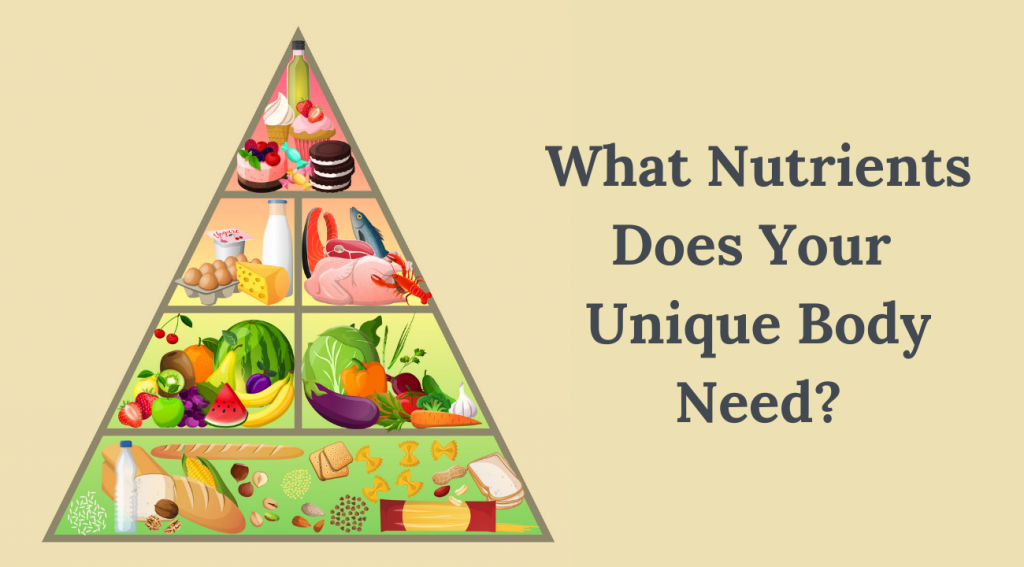
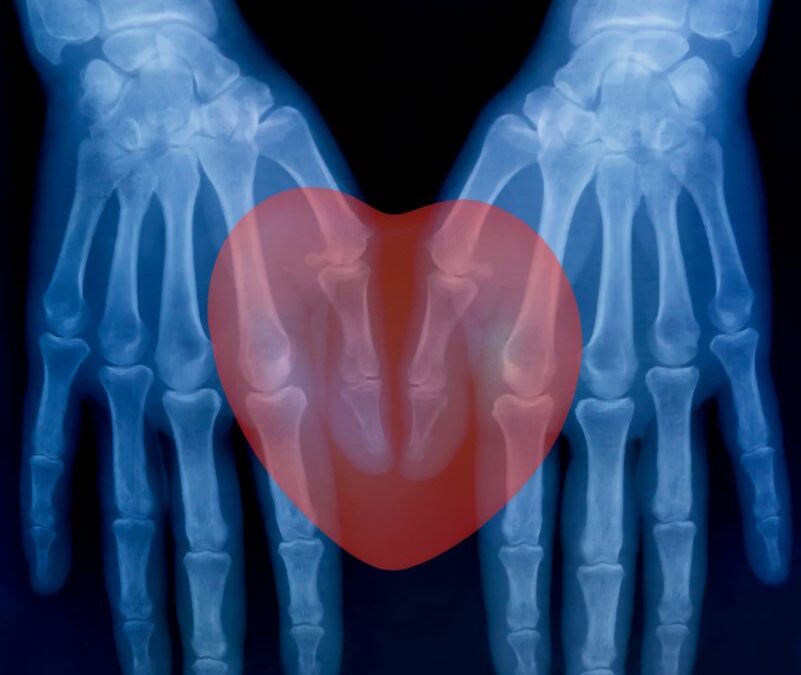
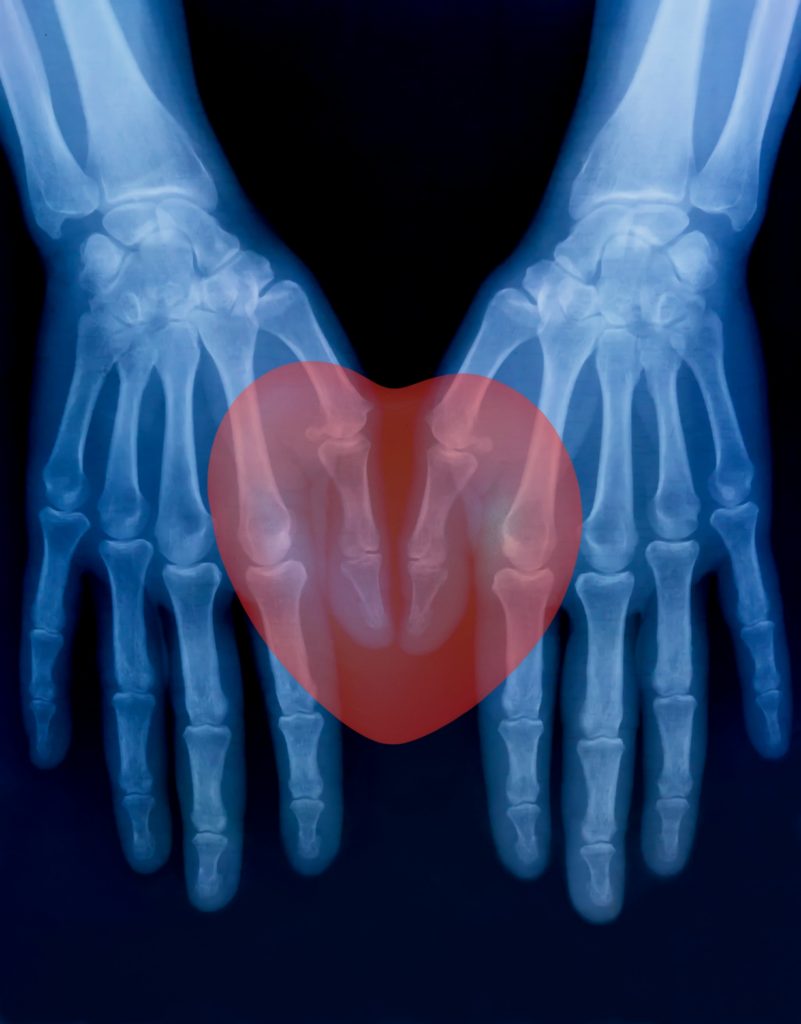 Osteoporosis and cardiovascular disease share many common risk factors such as diabetes, smoking, alcohol abuse, sedentary lifestyle, and in postmenopausal women, a decline in estrogen. However, over the last several years, emerging research has shown a growing link between the two conditions. In fact, a recent observational study reported in the Journal Heart found that a formal diagnosis of osteoporosis was independently associated with a 79% higher risk of cardiovascular disease. Last year in my blog articles titled
Osteoporosis and cardiovascular disease share many common risk factors such as diabetes, smoking, alcohol abuse, sedentary lifestyle, and in postmenopausal women, a decline in estrogen. However, over the last several years, emerging research has shown a growing link between the two conditions. In fact, a recent observational study reported in the Journal Heart found that a formal diagnosis of osteoporosis was independently associated with a 79% higher risk of cardiovascular disease. Last year in my blog articles titled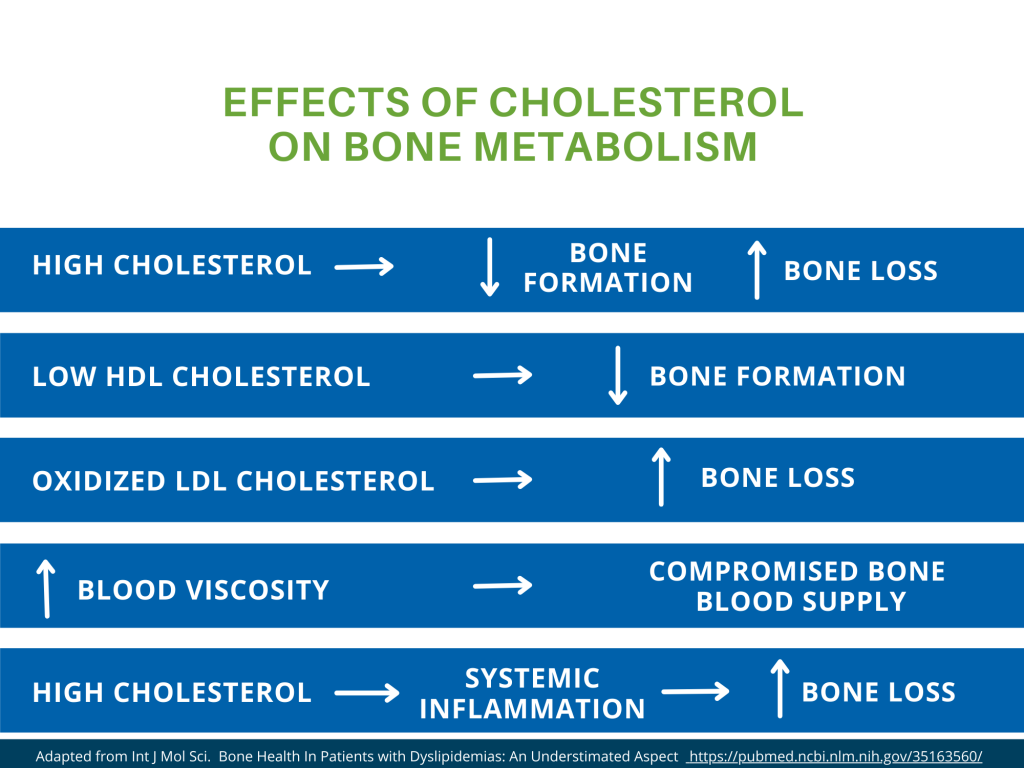
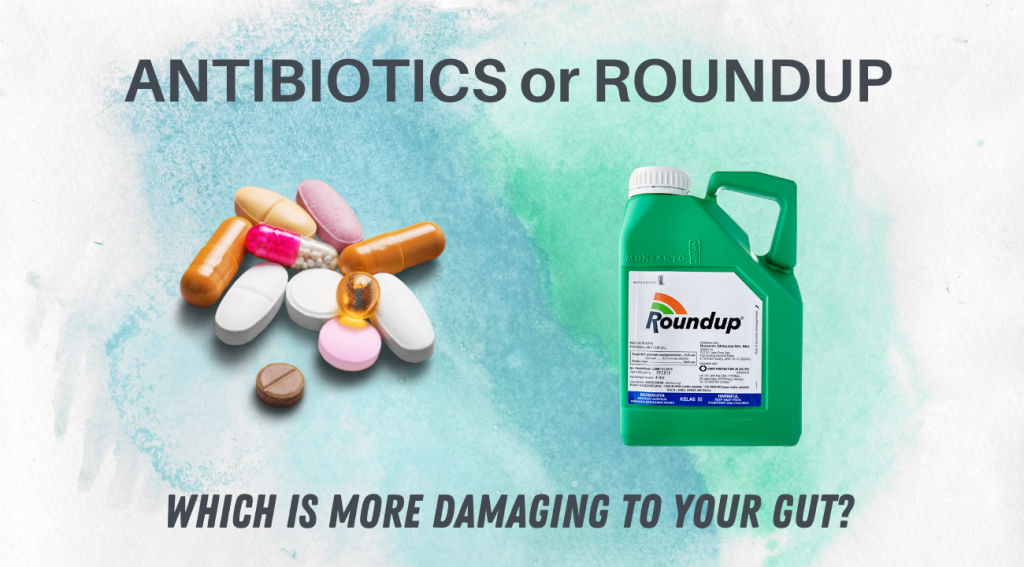

 .
. 
